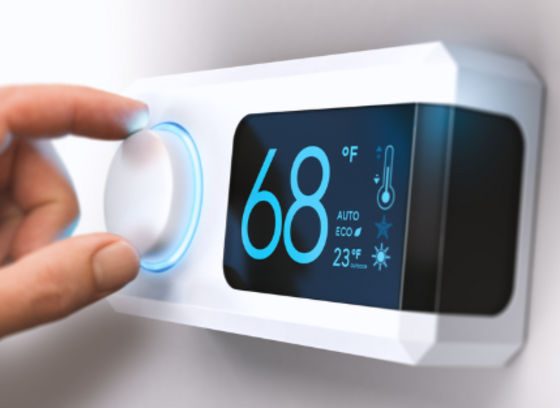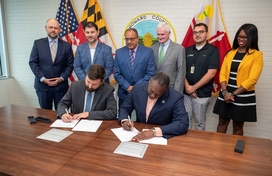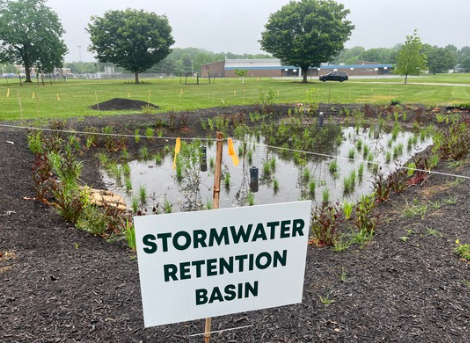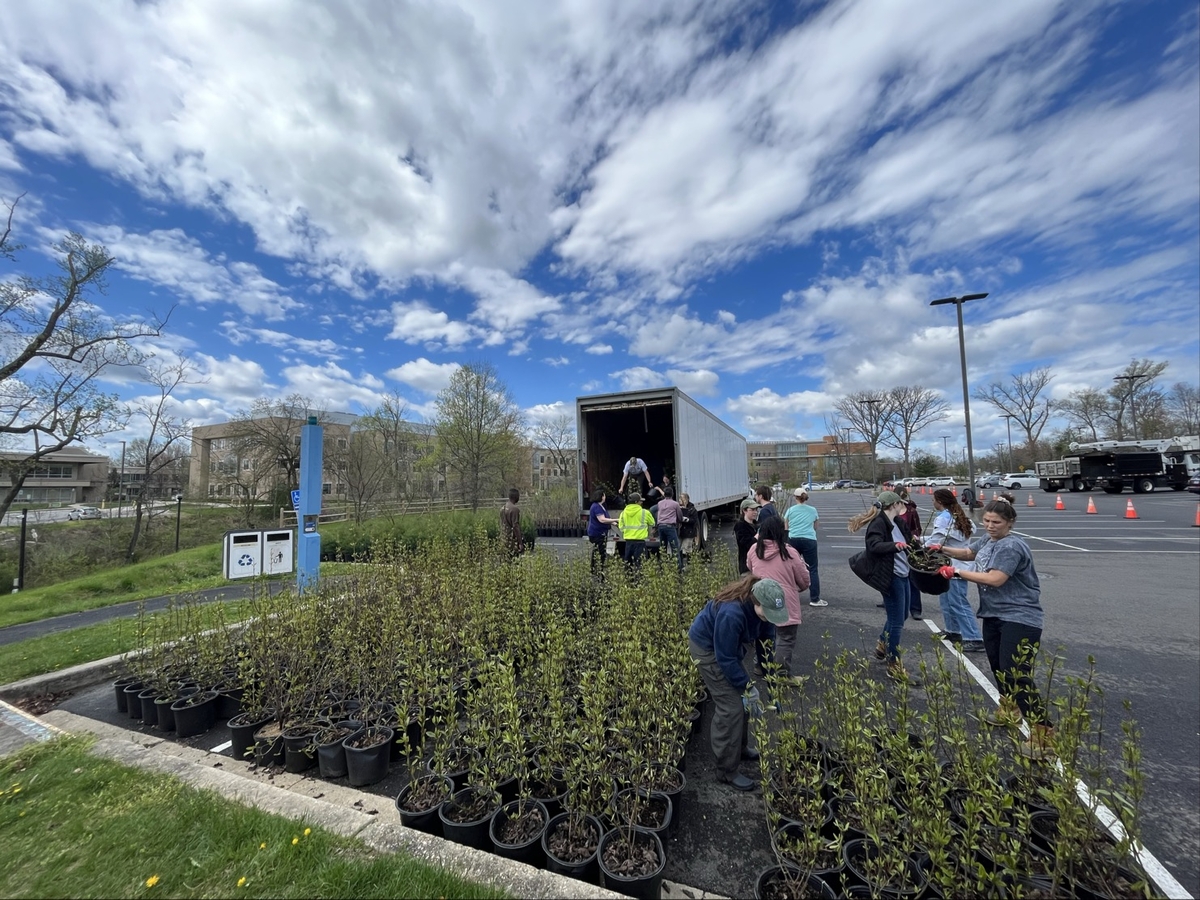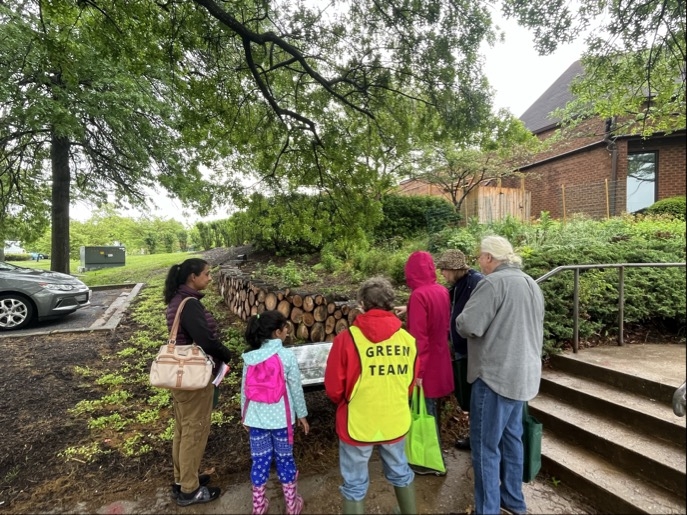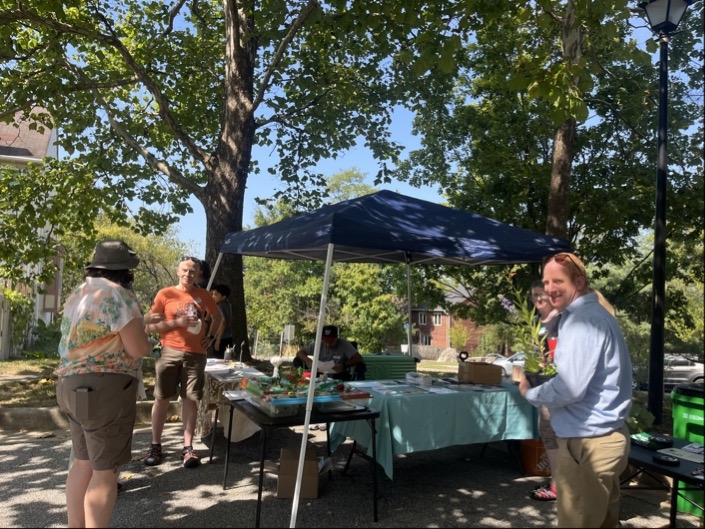About
Resilient HoCo is Howard County’s one-stop-shop designed to help communities easily access resources, programs, and services that support climate resilience. As our region experiences more frequent extreme weather, heavier rainfall, and rising temperatures due to climate change, the risks to our people, infrastructure, and natural environment continue to grow.
Resilience means being able to prepare for, adapt to, and recover from these climate-driven challenges—and building it requires all of us. Resilient HoCo is part of Climate Forward, Howard County’s Climate Action and Resiliency Plan which aims to increase access to climate-related resources and services.
Together, we’re working toward a safer, more sustainable, and better-prepared future for everyone in Howard County.
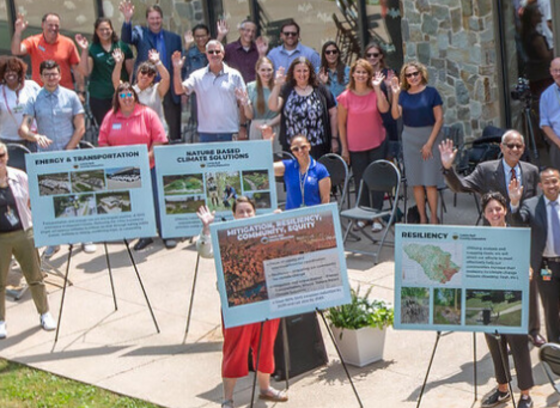
Howard County Climate Forward
This 2023 Climate Forward: Action and Resiliency Plan builds on Howard County’s existing efforts to reduce emissions, increase resiliency, and achieve environmental equity. This plan identifies strategies to reduce greenhouse gas emissions, sequester carbon, and achieve greater resilience against the increases in extreme weather that are projected to occur.
See what the County is doing on the Climate Forward Dashboard!
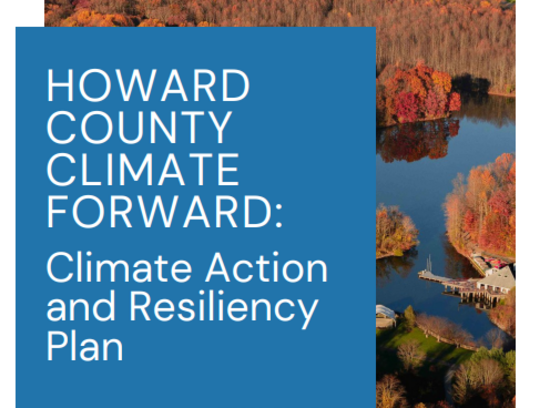
Climate Impacts
Agriculture and Gardening
Climate change poses many threats to agriculture and gardening including, but not limited to:
- Warmer temperatures increase risk of drought stress in plants.
- Effective pollination in crops, flowers, and fruits is reduced by high temperatures.
- Heavy precipitation events can interrupt planting or harvesting.
- Flooding increases erosion and loss of topsoil.
- Insect pest populations can spike.
Ecosystem Services and Natural Resources
Climate change poses many threats to ecosystem services and natural resources, including but not limited to:
- Increased average temperature affects growth rates, survival, overwintering, and reproductive success of native species of animals and plants.
- Changes in temperature can affect species differently, destabilizing species interactions involving pollination, competition, and predation.
- Changes in temperatures may give invasive species a competitive edge over native species.
- Algal blooms that kill aquatic life can increase to dangerous levels as ponds and streams warm.
- Length and severity of fire season increase with temperature.
Human Health
Climate change poses many threats to the health and well-being of people including, but not limited to:
- Increased risk of injury or death in flooded areas due to drowning, electrocution, or dangerous debris.
- Power outages from storms that shut down air conditioning and refrigeration amplify heat stress.
- Increased risk of heat-related illness and deaths, especially for babies, student athletes, seniors, the chronically ill, and individuals without air conditioning.
- Increased risk of asthma attacks and cardiovascular events on very hot days due to increased ozone and other air pollutants.
- Increased risk of disease transmission from mosquitoes when areas of still water remain after flooding.
Buildings and Infrastructure
Climate change poses many threats to infrastructure and basic services including, but not limited to:
- High temperatures reduce roadway integrity.
- Schools with inadequate air conditioning may need to close.
- Flood damage to roads, bridge supports, and stormwater management systems can be severe.
- Electric service restoration can be delayed in areas with significant flooding.
- Hospitals and medical centers can be damaged or inaccessible.
Water
Climate change poses many threats to water resources including, but not limited to:
Risks
- Heavy rains contaminate waterways with increased litter and pollutants.
- Erosion from stormwater increases sedimentation in surface waters, causing negative impacts to plants, invertebrates, and fish.
- Increased runoff of agricultural chemicals and fertilizer during floods damage life in streams, rivers, and the Bay.
- Declined water quality and dissolved oxygen in warmer ponds, streams, and wetlands, while pathogens increase.
- Flooding and runoff can wash more agricultural and lawn chemicals into streams, rivers, and the Chesapeake Bay
Emergency Preparedness
Being prepared for extreme weather events, extended power-outages, and other climate-related community impacts includes knowing what hazards can happen in Howard County, how they impact you and your family, and the steps you will take before, during, and after an emergency. Explore the resources below to learn more about Howard County’s hazard risks and create a plan for emergencies! Be sure to visit ReadyHoCo, the Office of Emergency Management’s one-stop-shop for preparedness resources!
- Howard County Emergency Plans
- Community Hazard Handbook
- Emergency Plan Templates
- And more!
Translated versions into Spanish, Hindi, Korean, and Simplified Chinese are available
Seasonal Safety and Sustainability Tips
Resiliency Topics
Weatherization
One way to tackle the impacts of extreme temperatures on buildings and high energy bills is through a process called weatherization. Weatherization helps to protect your home from extreme temperatures, sunlight, and other outdoor elements. Weatherization techniques include sealing air leaks, improving insulation, upgrading HVAC equipment, and swapping out old appliances for new energy efficient ones. These practices help to lower the costs associated with cooling your home.

Nature Based Solutions
Nature Based Solutions (NBS) are practices that involve protecting, sustainably managing, and restoring ecosystems. Common NBS practices include include planting trees, creating rain gardens, and establishing pollinator habitats. These conservation-focused practices support climate change mitigation by reducing emissions and sequestering carbon.
In addition to mitigating climate change, NBS practices provide many co-benefits - such as reducing the risk of natural hazards. For example, trees lower surface and air temperatures by providing shade and cooling, which helps to reduce the impacts of extreme heat and effects of urban heat islands.

Energy Efficiency
Heating, cooling, and powering homes and businesses emit greenhouse gas (GHG) emissions. Energy efficiency practices help to lower GHG emissions and the cost of electricity usage. It's about using less energy to reach the same level of comfort.
Residential energy efficiency measures may include weatherization, lighting upgrades, building envelope improvements, upgrades to more efficient appliances and HVAC equipment, and occupant behavior changes. Commercial measures may include lighting retrofits, more efficient HVAC equipment, building envelope improvements, retro-commissioning, and building automation, as well as occupant education and behavior change.
